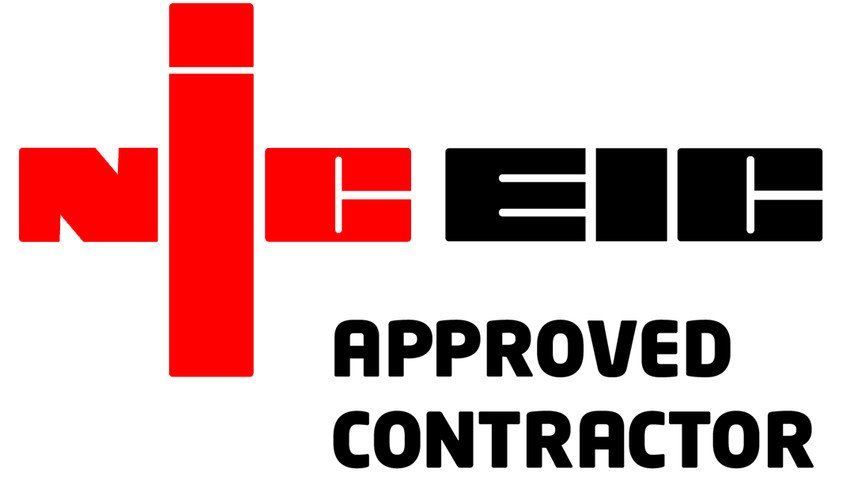Electrical Classes: Explained
The International Electrotechnical Commission, or IEC, has categorised various electrical products and appliances according to the level of protection built in to protect users and installers from the unfortunately common issue of electric shocks.

This categorisation is known as Electrical Classes, sometimes known as Appliance Classes or Electrical Appliances Classes. Being able to differentiate between these classes is an essential part of the electrical trade, especially when conducting Portable Appliance or PAT Testing.
Class I Appliances
Class I electrical appliances can be easily identified by the built in earth connection connected to an earth wire, that will then connect to the electricity supply of the building.
All Class I appliances must be earthed, meaning that all metal components must be connected to the earth wire, which in pre-2004 to present day wiring installations has been colour coded green and yellow, and in older installations (pre-1977), has been colour coded green.
Earthing is an essential part of the safe operation of Class I appliances, as this means that certain components of the product and circuit will be isolated by your circuit protection system (RCD’s, RCCD’s etc.) in the event of any issues, including live conductors coming in to contact with metal components, or a fault causing a live connection between the metal parts and the earth connection.
Examples of Class I Appliances include:
· Toasters
· Microwaves
· Refrigerators
· Irons
· Kettles
Class II Appliances
Products that fall under the Class II classification are often known as double insulated appliances, due to, as the name suggests, two layers of insulation between the user and any live components.
This double insulation typically consists of a plastic connector that provides basic protection, then an additional layer of plastic casing, which provides a backup if the connector fails.
This extra protection means that if a Class II appliance is subjected to a singular failure, a user will not be exposed to an elevated and dangerous voltage that can pose serious risks. This protection also means that unlike Class I appliances, it is not necessary for Class II appliances to have an earth connection.
Some Class II appliances will include an earth connection, but they will be present for either functionality or connection continuity purposes.
Examples of Class II Appliances include:
· Photocopiers
· Lawnmowers
· Some Power Tools
· Televisions
· Computers
Class III Appliances
Class III appliances differ significantly from their Class I and II counterparts, due to the fact that these appliances get their power supply from Separated Extra Low Voltage (SELV) sources. Therefore, the protection required for Class I and II appliances is not necessary in this case, as the appliance will not produce enough voltage to cause significant electric shock to the user.
Examples of Class III Appliances include:
· Mobile Phones
· LED Bulbs & LED Strip Lighting
· Laptops
Class 0 & 01 Appliances
Class 0 and 01 are now defunct electrical classes, and have been in the UK since 1975.
While Class 0 appliances did feature one layer of insulation between live and metal components, they did not have an earth connection, leaving users open to potentially hazardous electric shocks if just one fault occurred.
Class 01 appliances can feature earth connections, but differences in wiring such as the inclusion of twin core cables and the use of 2-pin plugs, makes them just as unsafe as Class 0 appliances.
The most commonly known example of Class 0 appliances are outdated fairy lights.
How to identify which class your appliance is
The easiest way to identify which class your appliance belongs to, is to check the corresponding symbols that should be displayed on the product:
Class I: The Class I symbol can be identified as a circular symbol that features 1 vertical line stopping around the middle of the circle, followed by 3 horizontal lines in decreasing lengths directly below the end of vertical line.
Class II: The Class II symbol can be identified as a square symbol, that features a slightly smaller square inside it.
Class III: The Class III symbol can be identified as a circular symbol that features 3 vertical lines of equal length running parallel to each other in the centre of the circle.
This simple breakdown of Electrical Classes combined with our range of Testing Equipment allows any electrician to carry out electrical testing safely, as well as helping users identify what class of appliance they are using.
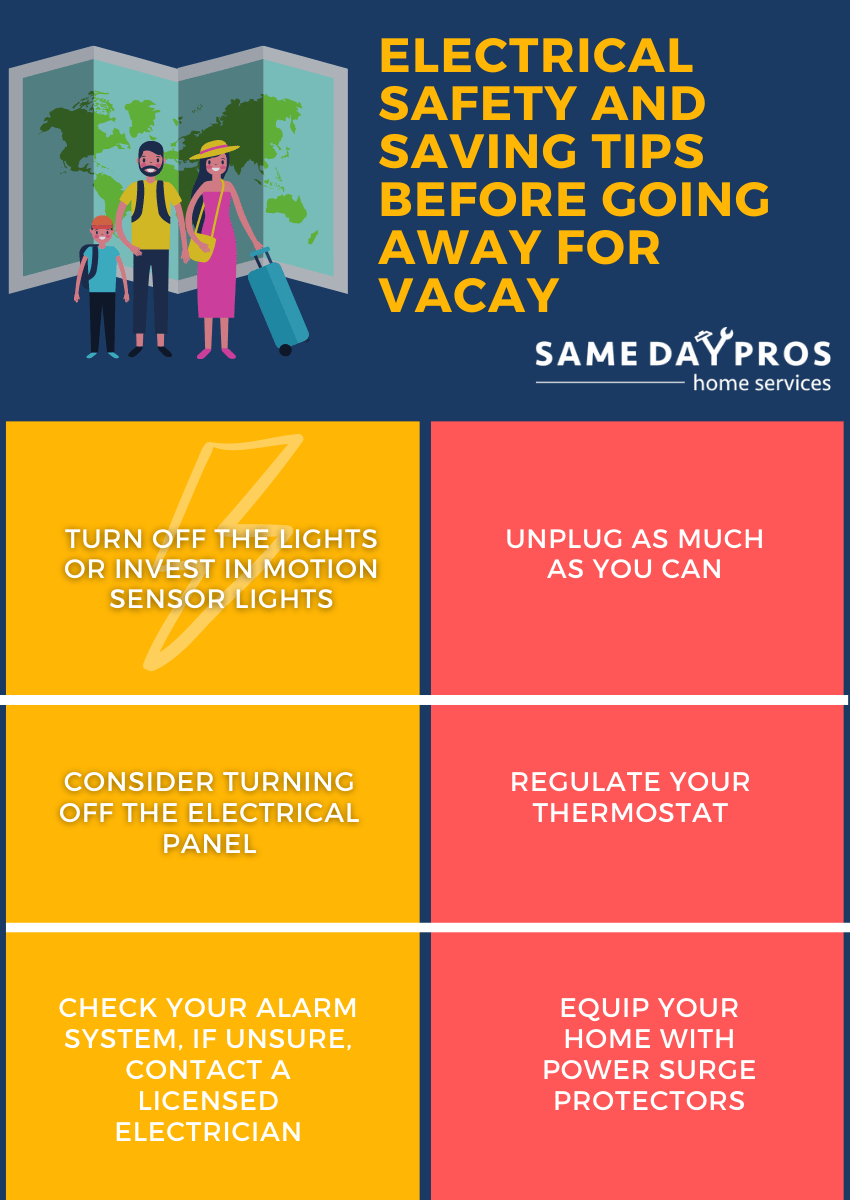
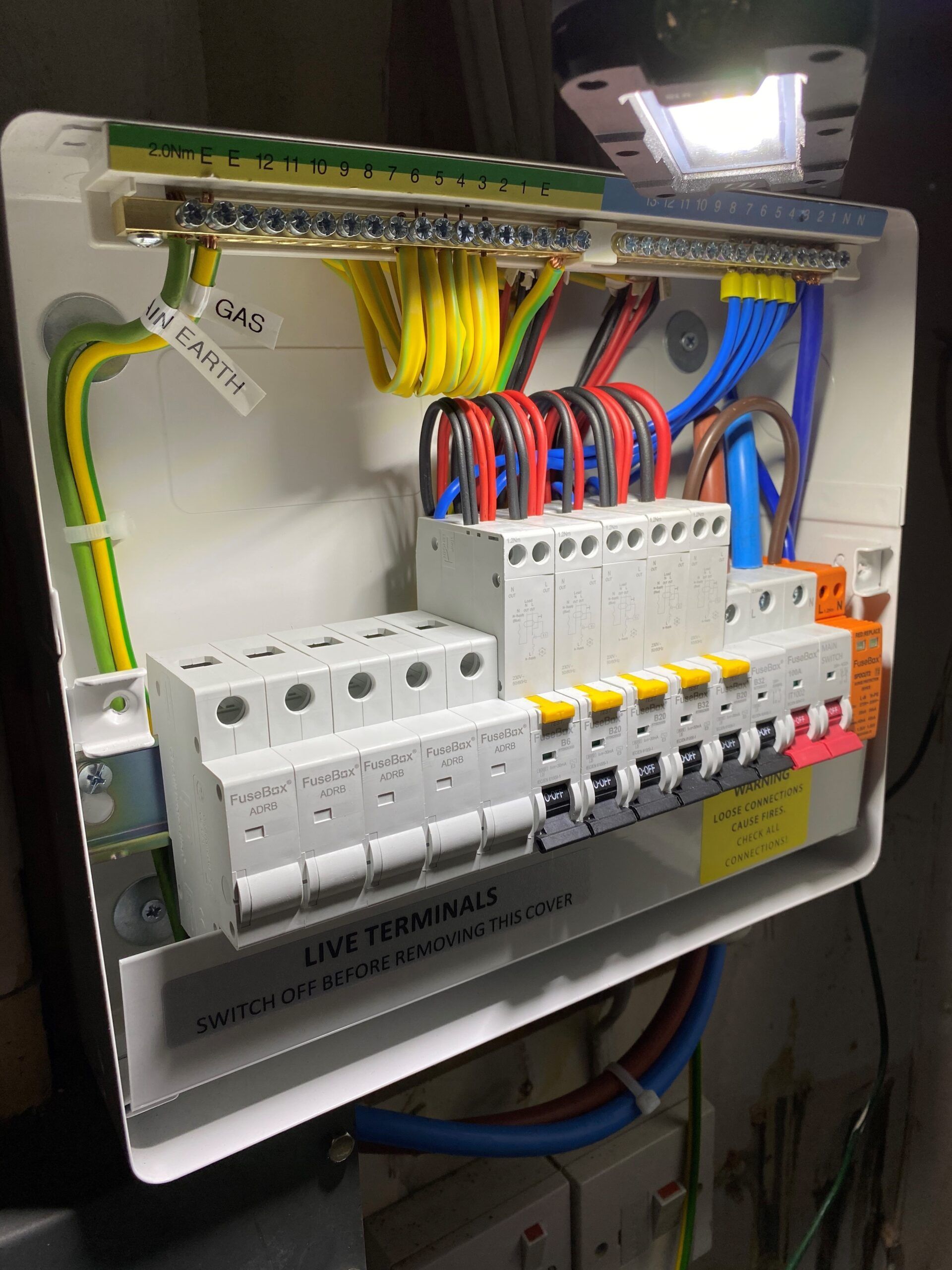
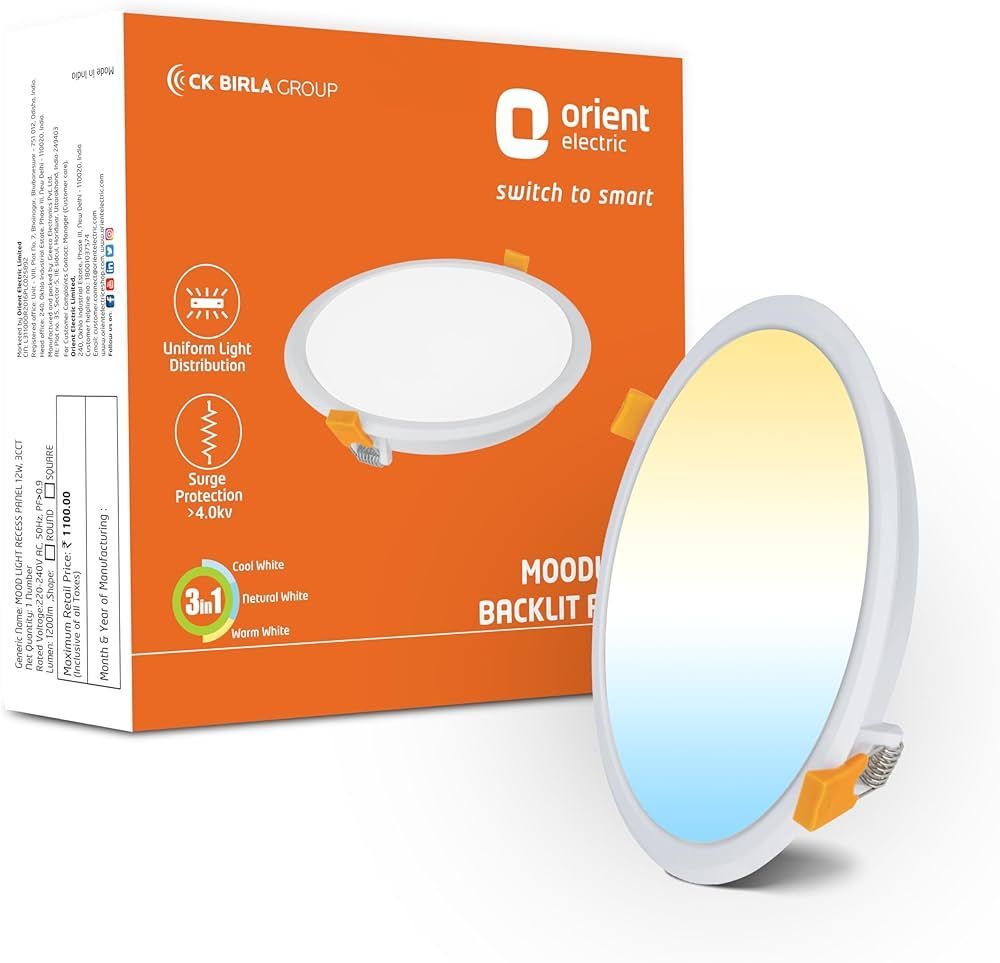
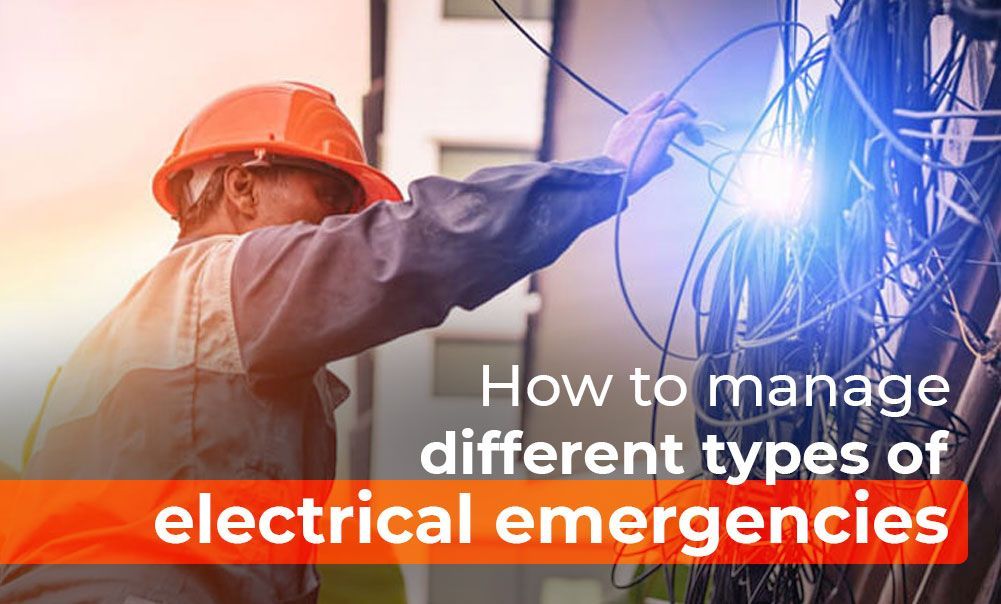
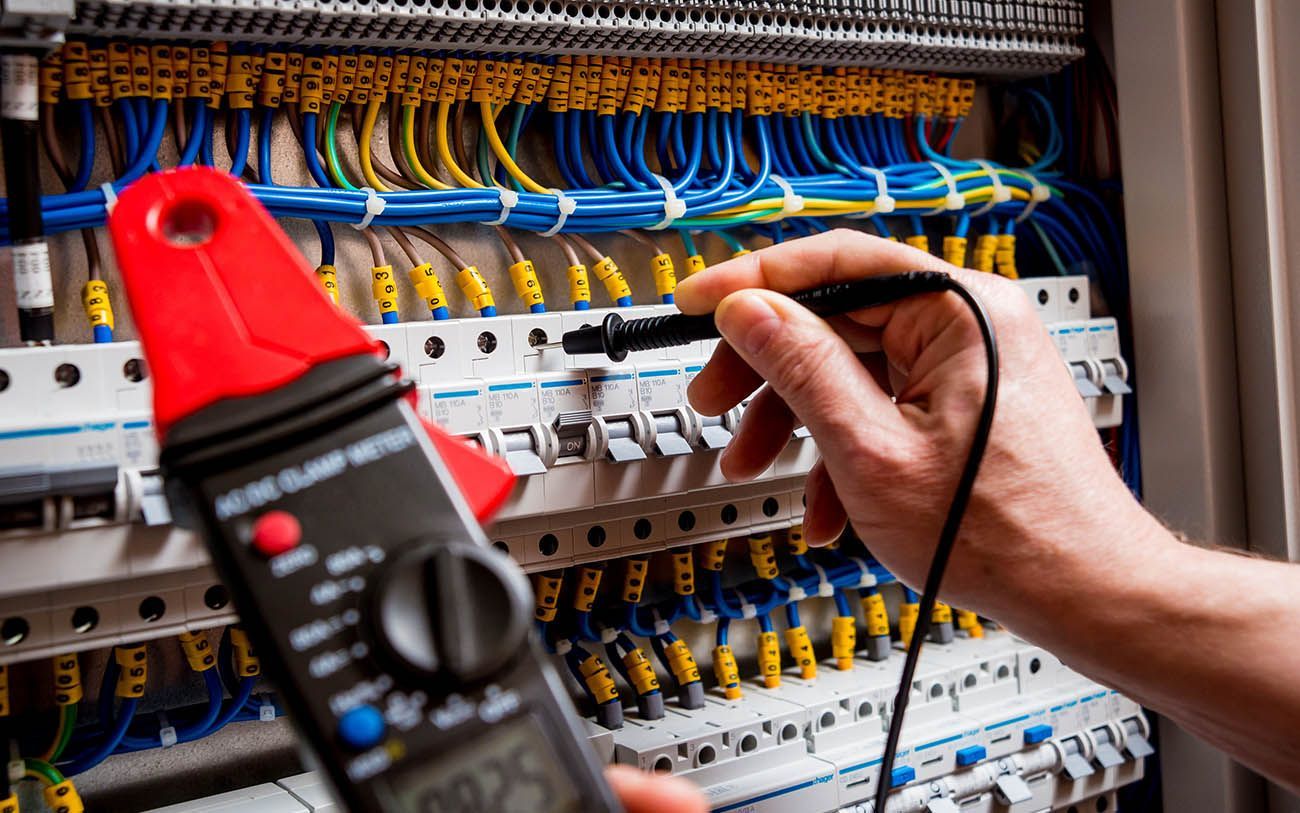
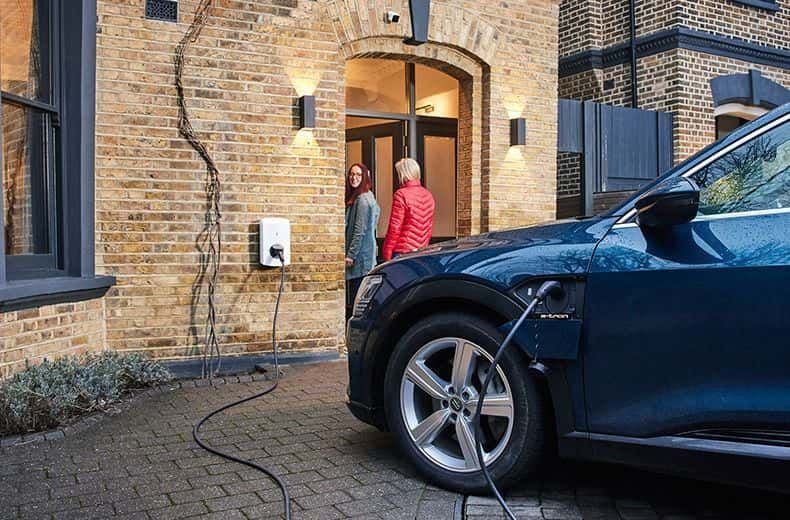
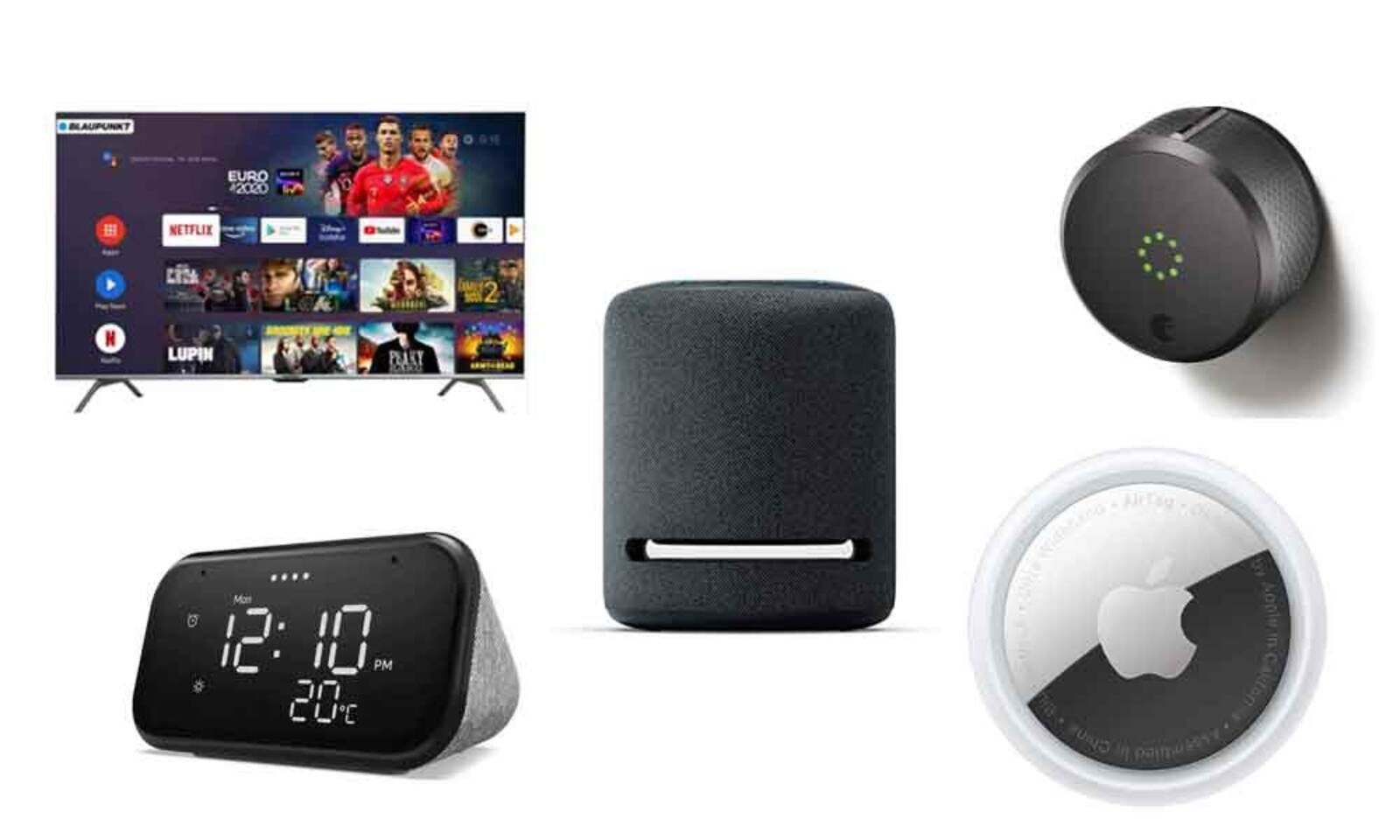

CONTACT US
We will get back to you as soon as possible
Oops, there was an error sending your query.
Please try again later

